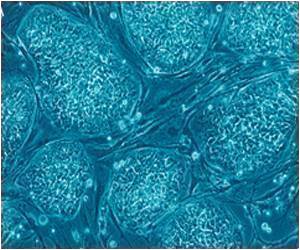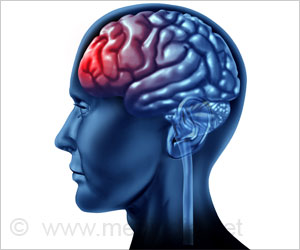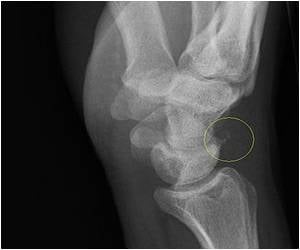A new study led by an Indian-origin scientist from Harvard University has shed light on how neural activity spurs blood flow in brain.
Neural activity is responsible for triggering blood supply to the brain, a new study led by an Indian-origin scientist from Harvard University has found.
The team believes that the findings would have important implications for understanding common brain imaging techniques such as fMRI, which uses blood flow in the brain as a proxy for neural activity."When you see a brain image from fMRI studies, you are actually looking at changes in blood flow and oxygenation," said Venkatesh N. Murthy, professor of molecular and cellular biology in Harvard's Faculty of Arts and Sciences.
"But because of the tight coupling between neural activity and blood flow, we are able to use the blood flow changes as a surrogate for brain activity," he added.
In the study conducted using a mouse model, the team found that neurovascular coupling occurs through intermediary cells called astrocytes.
By manipulating calcium levels, astrocytes can widen or constrict blood vessels, depending on whether or not the cells are bound by neurotransmitters.
When a region of the brain becomes active, neurotransmitters begin to trickle out of that area's neural circuitry.
Advertisement
The team found that after binding glutamate, astrocytes elevate their intracellular calcium levels, dilating blood vessels and increasing blood flow to that region of the nervous system.
Advertisement
The olfactory bulb is a part of brain that processes odours.
"We measured all this using sophisticated optical microscopy, actually counting the number and rate of red blood cells passing through capillaries in the area.
"In addition to showing directly that astrocytes are involved in neurovascular coupling, we discovered that there are multiple molecular signaling pathways involved," he added.
The research is described in the June 26 issue of the journal Neuron.
Source-ANI
RAS/L









